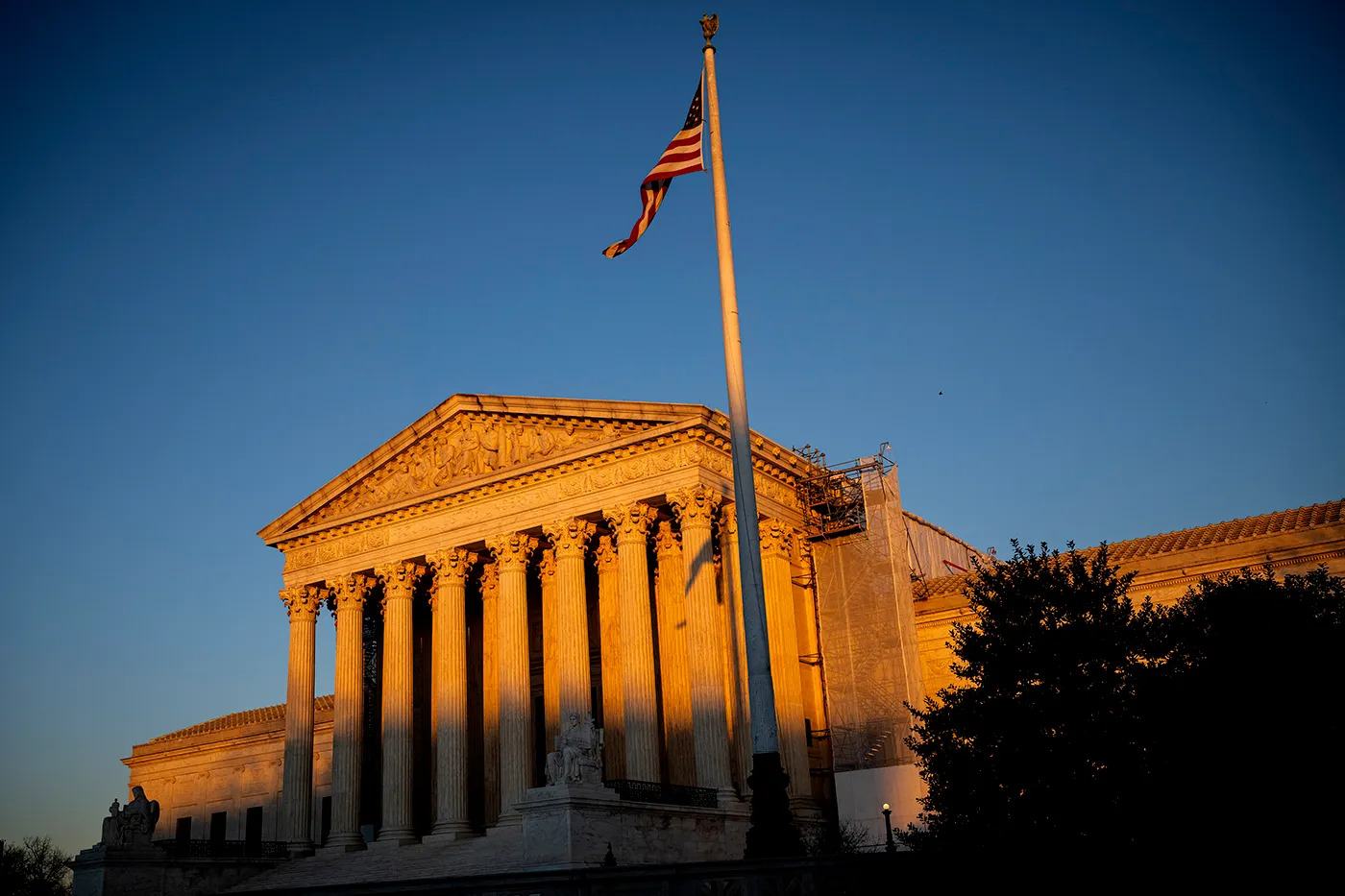
Ever wondered how the judicial branch keeps the wheels of justice turning? Well, you're in for a treat! This post is packed with 16 amazing fun facts that will give you a whole new perspective on this vital part of our government. From its power to interpret laws to the surprising quirks of its history, we're diving deep into what makes the judicial branch both fascinating and fundamentally important to our democracy. Did you know that the highest court in the land wasn't always as revered as it is today? Or that judges have a secret signal they use during proceedings? Buckle up, because we're about to uncover some of the most intriguing secrets hidden within the gavels and robes of the judicial branch.
Key Takeaways:
- The U.S. judicial branch, led by the Supreme Court, interprets laws and ensures justice. Justices serve for life, and their decisions can impact society, like legalizing same-sex marriage and abortion.
- The judiciary's diversity and unique features, like the jury system and innovative court programs, make the U.S. judicial system stand out. Public opinion and calls for reform also influence its functioning.
Understanding the Judicial Branch
The judicial branch, one of three branches of the U.S. government, plays a critical role in interpreting and applying laws. Its main goal is to ensure justice is served and laws are consistently applied across all states.
-
Supreme Court's Unique Role: At the top of the judicial branch sits the Supreme Court, the only court specifically established by the Constitution. Unlike other federal courts, its existence is secured by the foundational document of American governance.
-
Lifetime Appointments for Justices: Supreme Court Justices, once appointed, serve for life. This provision aims to insulate them from political pressures, allowing for impartial decision-making based on the law, not popular opinion.
The Path to the Supreme Court
Cases don't start in the Supreme Court. They often begin in lower courts and make their way up through appeals.
-
Three-Tiered Court System: The U.S. operates a three-tiered federal court system. It starts with District Courts at the bottom, followed by Circuit Courts as the middle layer, and the Supreme Court at the top.
-
Limited Original Jurisdiction: The Supreme Court has original jurisdiction in a small number of cases, such as disputes between states. However, most of its docket consists of appeals from lower courts.
The Power of Judicial Review
One of the judiciary's most significant powers is judicial review, the ability to invalidate laws and executive actions that violate the Constitution.
- Established by Marbury v. Madison: The landmark case Marbury v. Madison in 1803 established the principle of judicial review. This case set the precedent that the Supreme Court could declare laws unconstitutional.
Diversity in the Judiciary
Diversity among judges brings a range of perspectives to legal interpretations and rulings.
-
First Female Supreme Court Justice: Sandra Day O'Connor became the first woman to serve on the Supreme Court in 1981, breaking centuries of male dominance in the judiciary.
-
Thurgood Marshall's Historic Appointment: Thurgood Marshall, appointed in 1967, was the first African American Supreme Court Justice. His prior work as a civil rights lawyer, including arguing the landmark case Brown v. Board of Education, brought invaluable experience to the bench.
The Impact of Judicial Decisions
Supreme Court decisions can have far-reaching impacts on American society and laws.
-
Roe v. Wade: The 1973 decision in Roe v. Wade legalized abortion nationwide, demonstrating the Supreme Court's power to significantly influence public policy and societal norms.
-
Same-Sex Marriage Legalized: In 2015, the Supreme Court's decision in Obergefell v. Hodges legalized same-sex marriage across the U.S., marking a historic moment for LGBTQ+ rights.
The Process of Becoming a Justice
Becoming a Supreme Court Justice involves several steps, from nomination to confirmation.
-
Presidential Nomination: Justices are nominated by the President. This process allows the executive branch to have a say in the makeup of the judiciary.
-
Senate Confirmation: After nomination, a justice must be confirmed by the Senate. This step ensures that both the executive and legislative branches have a role in judicial appointments.
Public Perception and the Judiciary
Public opinion can influence the judiciary, even with safeguards like lifetime appointments.
-
Public Confidence Levels: Surveys show varying levels of public confidence in the Supreme Court. These perceptions can shift based on recent decisions or political climates.
-
Calls for Reform: In recent years, there have been calls to reform aspects of the judicial branch, including proposals to limit Supreme Court Justices' terms.
Unique Aspects of the U.S. Judicial System
The U.S. judicial system has several features that set it apart from those in other countries.
-
Jury System: The use of juries to decide most criminal cases is a hallmark of the U.S. judicial system, reflecting the value placed on community participation in justice.
-
Federalism and Courts: The existence of both federal and state courts reflects the U.S.'s federalist system, allowing for a diversity of legal interpretations and applications.
-
Innovative Court Programs: Some courts have implemented specialized programs, such as drug courts or veterans' courts, to address specific societal issues through the judicial process.
A Final Gavel on Judicial Branch Facts
Well, there you go! We've journeyed through some pretty interesting territory, uncovering facts about the judicial branch that might've been off your radar. From its foundational role in American democracy to the surprising tidbits like the secret basketball court in the U.S. Supreme Court building, this exploration proves there's always more to learn about the pillars of our government. Whether you're a history buff, a legal eagle, or just plain curious, these insights offer a fresh perspective on an institution that impacts everyday lives. Remember, knowledge about our judicial system isn't just trivia—it's power. It's understanding how decisions that shape our nation are made and appreciating the intricate balance of justice that keeps democracy alive and kicking. So, next time you hear that gavel bang, you'll know there's a whole world of history and fact behind it.
Frequently Asked Questions
Was this page helpful?
Our commitment to delivering trustworthy and engaging content is at the heart of what we do. Each fact on our site is contributed by real users like you, bringing a wealth of diverse insights and information. To ensure the highest standards of accuracy and reliability, our dedicated editors meticulously review each submission. This process guarantees that the facts we share are not only fascinating but also credible. Trust in our commitment to quality and authenticity as you explore and learn with us.


